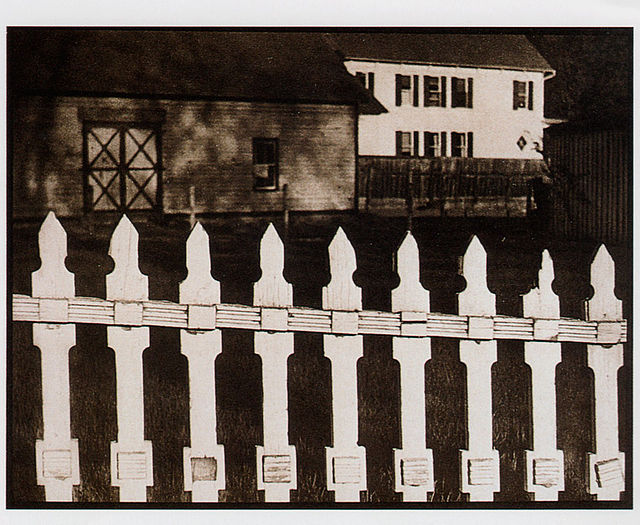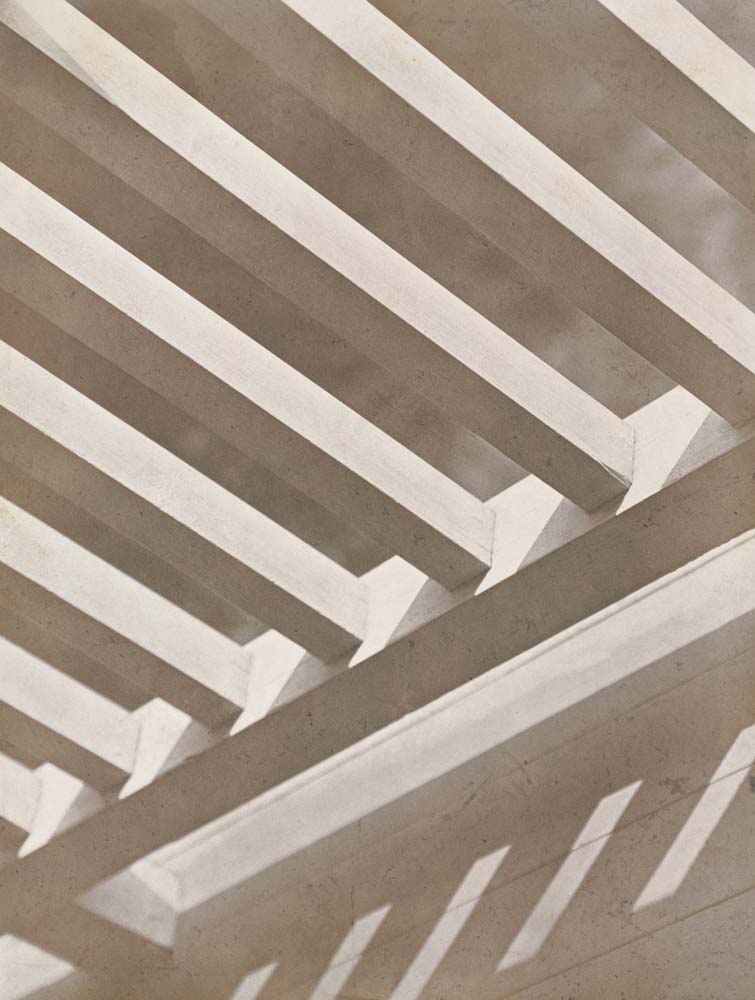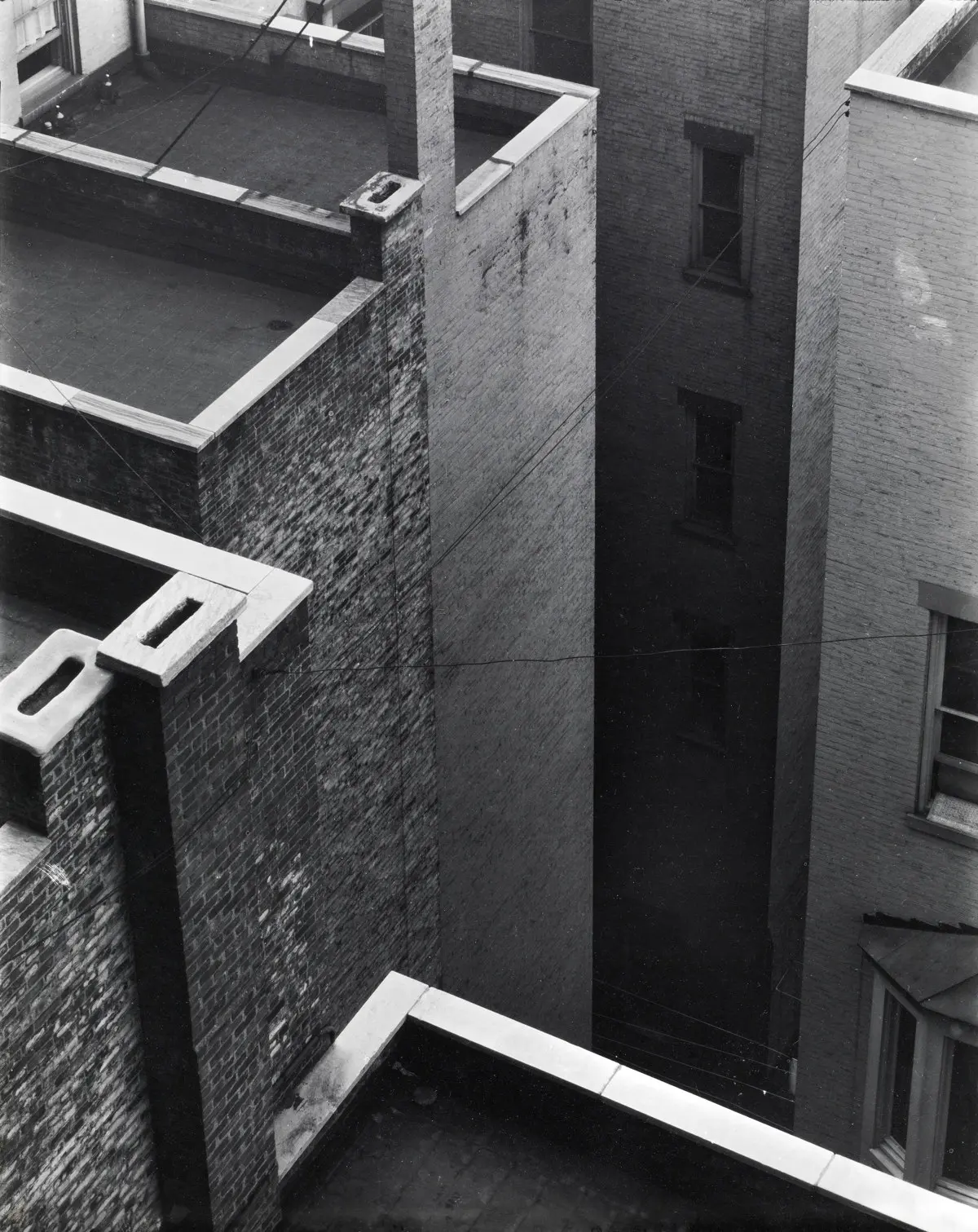Chosen Photographer: Paul Strand

8 Photos he took:
![]()
1. Chair Abstract, Twin Lakes, Connecticut 1916


3. “The White Fence” by Strand, Paul

4. “Wall Street,” by Strand, Paul.

5. Porch Railings by Strand Paul



8. “The Court, NewYork By Paul Strand”
Analysis of Photographic Style
Characteristics of Paul Strand’s Abstract Photography:
- Geometric Shapes: Most of his pictures contain powerful geometrical shapes, where lines and curves stand out.
- Contrasts of Light and Shadow: The negative space in the imagery is often saturated with light, adding more drama to the images and their abstract nature.
- Texture and Pattern: The images taken by Strand possess textures which attract viewer attention and turn simple objects to visual art.
- Focus on Composition: He impresses by placing the components of his abstractions in a manner that supports unity of design within the composition.
Emotional Resonance: His work can also tend to be more abstract which always thanks to the constant presence of emotions as well.
Abstract Elements: Strand’s work is abstract because it often moves beyond literal representation, focusing instead on form, light, and shadow. For example, his use of shadows creates depth and intrigue, prompting viewers to see familiar subjects in new, unexpected ways.
Personal Appreciation: I value Strand’s style for his gift of making even the most dull and banal situations visually appealing. Light and texture are the things that make me curious about him. His creation allows people to relate to the environment on a completely different level.
Quotation
“It is one thing to photograph people. It is another to make others care about them by revealing the core of their humanness. Your photography is a record of your living, for anyone who really sees.” — Paul Strand
Explanation: This speaks to a fundamental level of what photography can accomplish — the expression of profound personal truths about people and their lives. Strand says that a photograph should not only show, it should invoke empathy and understanding. This is in line with the feeling I want to convey, as I aim to be able to grasp a subject, and makes the viewer resonate with my photos. This encourages me to look at the human aspect in my work, to create emotions and a narrative through abstraction. In this way, I aim to allow people to see and be able to care truly about my content.
Connection to My Vision
For this, I decided to use Paul Strand as my inspiration because of the beautiful abstract qualities that he portrays in some of his work whilst also allowing for deep narratives just like my vision “The Stories of Shadows” is doing. Strand demonstrates how light, form and the human experience can interplay as a story, which motivates me to draw by using shadows as an artistic expression of those stories in cities.
Based on his, I am going to use contrasts and textures more as well, especially by using shadows as the main subject of many photographs. Through light and framing, I hope to turn banal spaces into meaningful stories that evoke introspection.
Strand teaches me to look revealed in the little details of life, and everyday which sometimes gets overlooked. In the end, I strive to make work that makes viewers think about their own relationships to place.
Selected Image for Analysis
Image: The White Fence
I selected “The White Fence” because it is a perfect example that shows how ordinary objects can be transformed into abstract art by means of composition and light.
Strand’s use of light and shadow on the fence is so effective that it seems to give a sense of dynamic movement to the fence which is in fact a still object.
- Formal Element: Light
Light and shadow are the key elements in this photograph. They help to show the surface of the fence and to form the illusion of three-dimensional space, thus the viewer is involved in the picture more.
Leave a Reply
You must be logged in to post a comment.